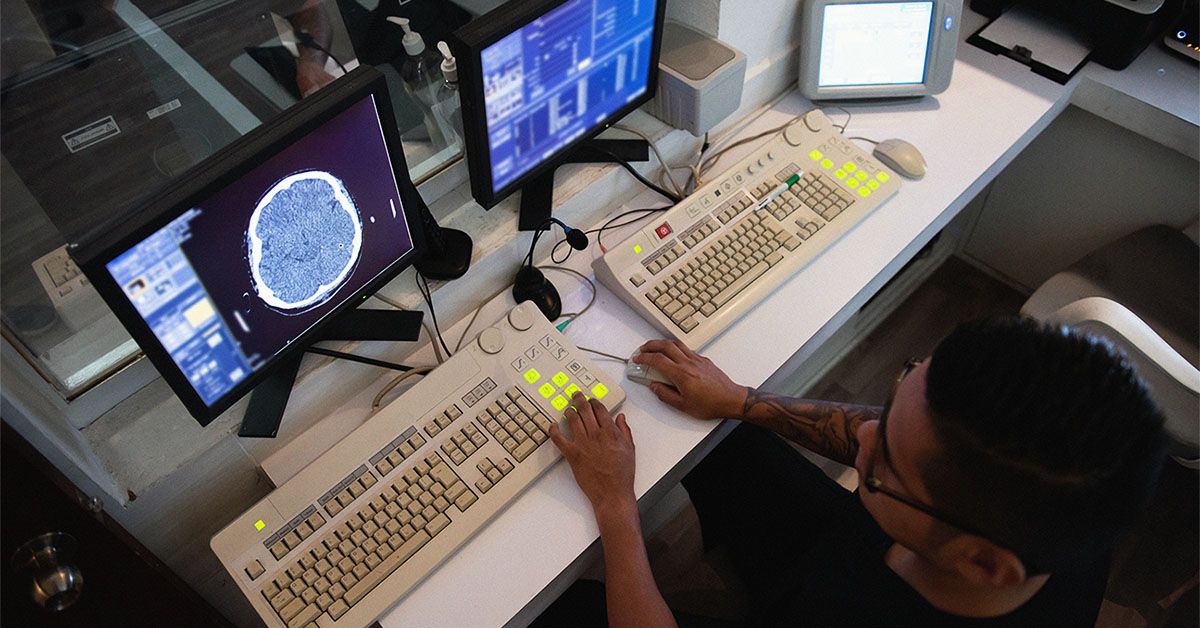Alzheimer’s disease is the most common form of dementia, characterized by a disrupted blood-brain barrier. A recent study has identified unique molecular signatures associated with this disruption, which could revolutionize the diagnosis and treatment of the disease. Currently affecting over 57 million people worldwide, the prevalence of dementia is expected to increase to around 150 million by 2050, with up to 80% of dementia cases being Alzheimer’s disease. Symptoms of this disease typically include memory issues, confusion, coordination problems, personality changes, and difficulty with familiar tasks, all stemming from changes in the brain such as the buildup of amyloid beta and tau proteins, along with inflammation.
The study, led by researchers at the Mayo Clinic, focuses on the blood-brain barrier’s integrity. In healthy individuals, this barrier regulates the passage of molecules between the blood and the nervous system to protect the brain from harmful substances. However, in Alzheimer’s disease patients, this system can deteriorate, leading to molecular changes in the brain’s vascular tissue. The study analyzed thousands of cells from different regions of the brains of both Alzheimer’s patients and non-Alzheimer’s individuals postmortem, highlighting significant differences in molecular changes, particularly in pericytes and astrocytes involved in maintaining the blood-brain barrier.
The research identified two key molecules, VEGFA and SMAD3, which play a crucial role in the communication between cells in the blood-brain barrier. Through further experiments in vitro and in zebrafish, the researchers found that altering the levels and signaling pathways of these molecules affected the barrier’s integrity, leading to breakdowns associated with Alzheimer’s disease. The study also examined blood samples from living older volunteers and found a correlation between higher levels of SMAD3 and lower levels of Alzheimer’s pathology, indicating potential connections between these molecules and disease progression. However, the authors caution that more research is needed to determine if these changes directly cause damage to the blood-brain barrier or if they are a protective response against Alzheimer’s pathologies.
The findings from this study could offer new insights into Alzheimer’s pathology and innovative interventions. The unique molecular signatures identified, particularly VEGFA and SMAD3, may serve as novel biomarkers for early detection and therapeutic targets to stabilize the blood-brain barrier in Alzheimer’s disease. These discoveries could pave the way for personalized treatment approaches that slow disease progression and improve patient outcomes. The study also suggests that brain-linked signatures found in blood samples could potentially serve as biomarkers of Alzheimer’s disease, offering new opportunities for further research and therapeutic development.
Overall, the study’s discoveries shed light on the critical role of vascular and blood-brain barrier dysfunction in Alzheimer’s disease, emphasizing the potential of identified genes and molecules as biomarkers and therapeutic targets. By targeting molecules like SMAD3 in pericytes and VEGFA in astrocytes, researchers may develop more effective strategies to maintain the blood-brain barrier and potentially slow the progression of Alzheimer’s disease. These advancements hold promise for future research and treatment options aimed at improving the quality of life for individuals suffering from this devastating disease.











